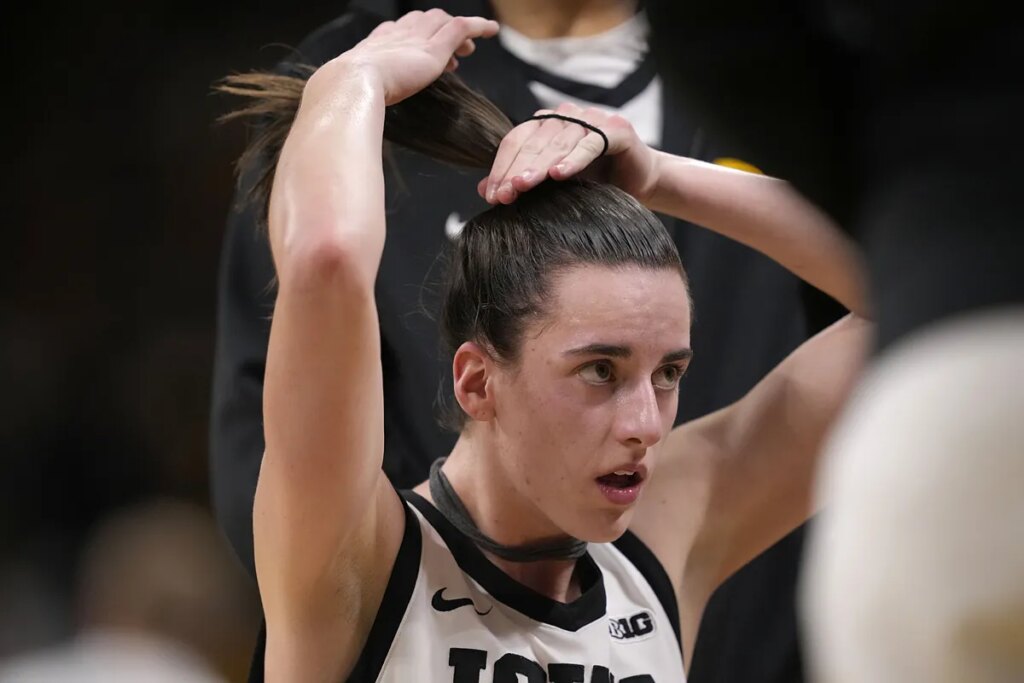At the start of 2025, the question shadowing the WNBA was whether the league could keep thriving without Caitlin Clark.
When the Indiana Fever star went down with a groin injury in July, skepticism rippled through the sports world. Talk shows speculated endlessly, social media buzzed with concern, and headlines wondered aloud if the “Caitlin Clark effect” had vanished as quickly as it arrived.
But as the season unfolded, the WNBA answered those doubts with numbers. The 2025 postseason became the most-watched in league history on ESPN, averaging 1.2 million viewers per game over 24 contests, a 5 percent increase from 2024. The Finals drew an even larger audience, averaging 1.5 million viewers despite a relatively lopsided series.
A record postseason that defied expectations
Historically, one-sided championship series tend to see interest fade, but this time, the audience only grew. Game 1 drew 1.9 million viewers, the largest Finals opener since 1997. Game 2 followed with 1.2 million, Game 3 with 1.3 million, and Game 4 rounded out the series with 1.4 million.
Some credited the boost to Nielsen’s upgraded tracking methods, which now incorporate panel data and out-of-home viewing for greater accuracy. Yet the surge went beyond statistics.
The WNBA had found its rhythm, compelling narratives, high-quality play, and fan engagement that stretched far beyond television.
Storylines drove interest. The Las Vegas Aces‘ pursuit of dynasty status captured attention, while the Phoenix Mercury generated their own headlines through fierce rivalries and outspoken personalities.
Add in the league’s strategic use of social media and the result was a postseason that kept audiences invested from start to finish.
The Caitlin Clark effect
None of this would have been possible without the momentum Caitlin Clark created the year before. When she debuted with the Indiana Fever on May 14, 2024, her first game drew 2.1 million viewers, becoming the most-watched WNBA broadcast in 23 years.
Over that season, 23 regular-season games surpassed the million-viewer mark, and Clark’s matchups routinely broke network records.
She was the No. 1 overall pick in the 2024 draft, which drew 2.45 million viewers, the largest draft audience in WNBA history. Days later, her clash with the New York Liberty brought 1.71 million viewers to ABC, the network’s highest-rated WNBA game ever.
Clark‘s impact wasn’t limited to screens. According to Sports Illustrated, she drove 26.5 percent of the league’s economic activity in 2024 through merchandise sales, ticket demand, and sponsorships.
Her popularity transformed the WNBA into a mainstream talking point, fueling media attention and corporate investment in ways the league had never seen.
Then came the injury that changed everything. Clark‘s season-ending groin strain in July 2025 led to an immediate 55 percent drop in viewership for nationally televised games.
Critics saw it as proof that the WNBA‘s surge depended entirely on her presence. But as the months passed, the opposite turned out to be true.
Read the full article here

